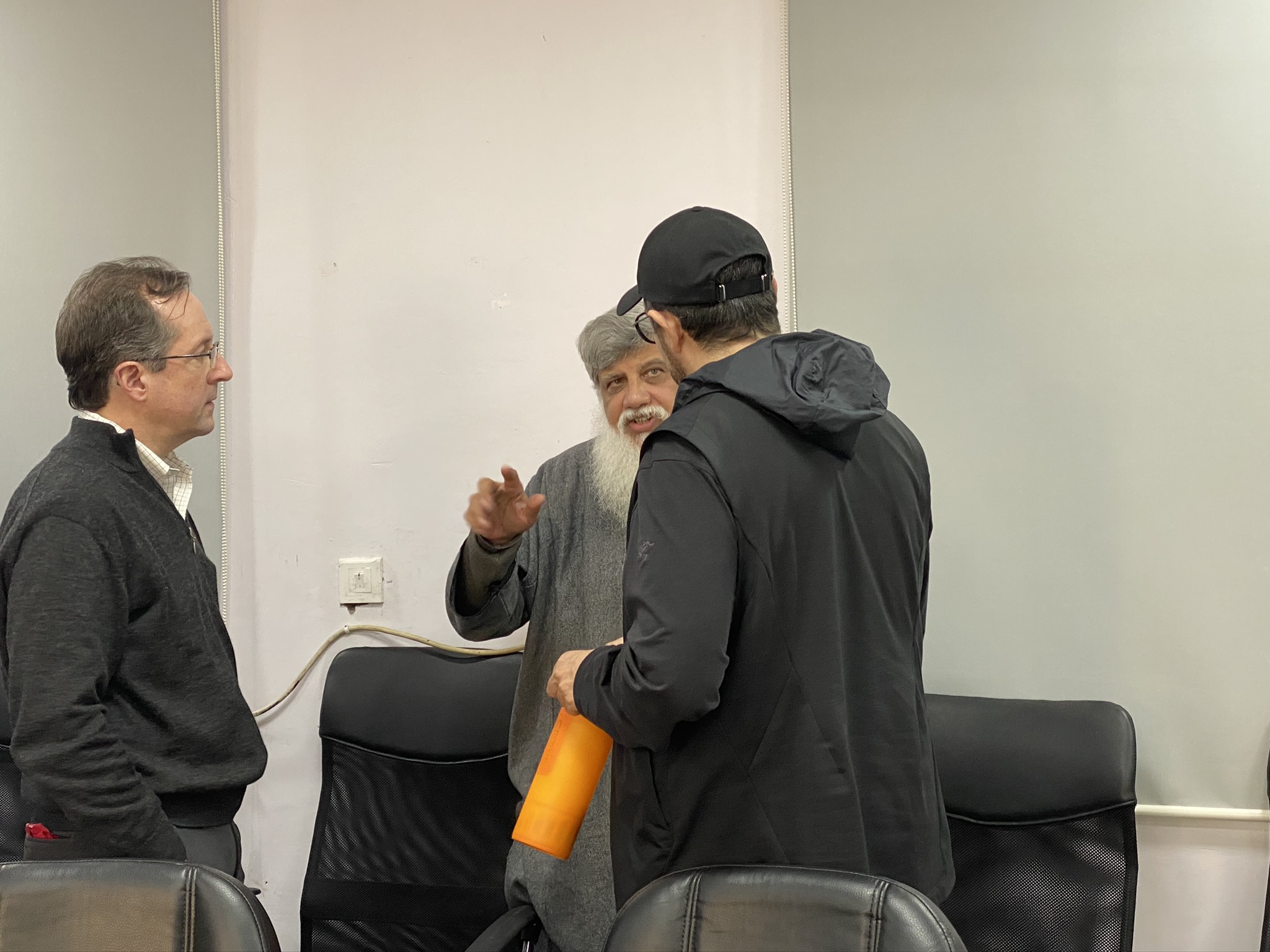Mapping Neighborhood Change in Inderlok is a Global Urban Intensive Program for Spring semester of 2020. The studio is a collaboration between Parsons Graduate Urban Program and India China Institute, whose new research cluster on ” Cities and Citizenship” focuses on themes of socio-spatial relations, urban ecologies and urban citizenship, among others. As part of the studio, students and faculty from The New School spent a week during winter mapping the neighborhood of Inderlok in Delhi , in collaborative efforts with students and faculty from Ambedkar University’s Center for Community Knowledge.
The objective of this collaborative, interdisciplinary studio was to think through and design historically -attuned and geographically-nuanced interventions that promote social equity and environmental sustainability. Students from both universities spent a week learning about the neighborhood changes in Inderlok. Professor Rachna Mehra and Pritpal Randhawa from Urban Studies Department at Ambedkar University gave participants a background on Delhi. Professor Miguel Robles Duran from The New School conducted seminars on The Historical Avantgardes and the Visual Representation of Urbanization Processes, Concepts of Critical Geography and The Prospects of Radical Cartography Today Representations. Much thanks to Prof. Rohit Negi for his semester-long investigation and work with his Urban class at Ambedkar University in Inderlok. Professor Partha M. of Center for Policy Research also contributed in the workshop discussion. Themes of interest included community institutions, circulation, markets and public space and environment/ ecology.
 |
 |
 |
 |
The location of the studio, Inderlok, is the site of a Metro (subway) interchange, with foot ware and clothing markets, light manufacturing assembly, as well as religious institutions, and multiple housing forms. Inderlok is in the North Western district of Delhi, India. The entire area consists of Delhi Development Authority provided by low income housing schemes, Inderlok Juggi (an informal settlement), Shahzada Bagh Industrial Area and other important markets like Cooler Market, China Market, and the Thursday Market (Weekly Market). With a heterogeneous demography, Inderlok consists of Muslims, Sikhs and Hindus. Governing authorities include Delhi Development Authority (DDA), Delhi Urban Shelter Improvement Board (DUSIB), NDMC (North Delhi Municipal Corporation (NDMC) , Delhi Jal Board, North Delhi Power Limited (NDPL) hold jurisdiction over the neighborhood.

Inderlok has a buzzing weekly market which has been functional since the 1980s. The market experienced an exponential growth in early 2000s due to the transit metro line running through it. The increased customer base attracted more sellers not only from Delhi but from other states, some as far as southern states like Telangana and and western states like Gujarat. This market follows a kind of pattern with a clusters of shops, store fronts and street vendors selling a range of products like groceries, apparels, beauty products and hardware.
 |
 |
 |
 |
 |
 |
The workshop concluded with students presenting their work along themes like community institutions, circulation, markets and public space and environment/ ecology. Certificates were handed to all students who participated in this collaborative process. The studio will continue its work in the Spring of 2020 as an elective under Urban Graduate Program at Parsons School of Design.
 |
 |
 |
